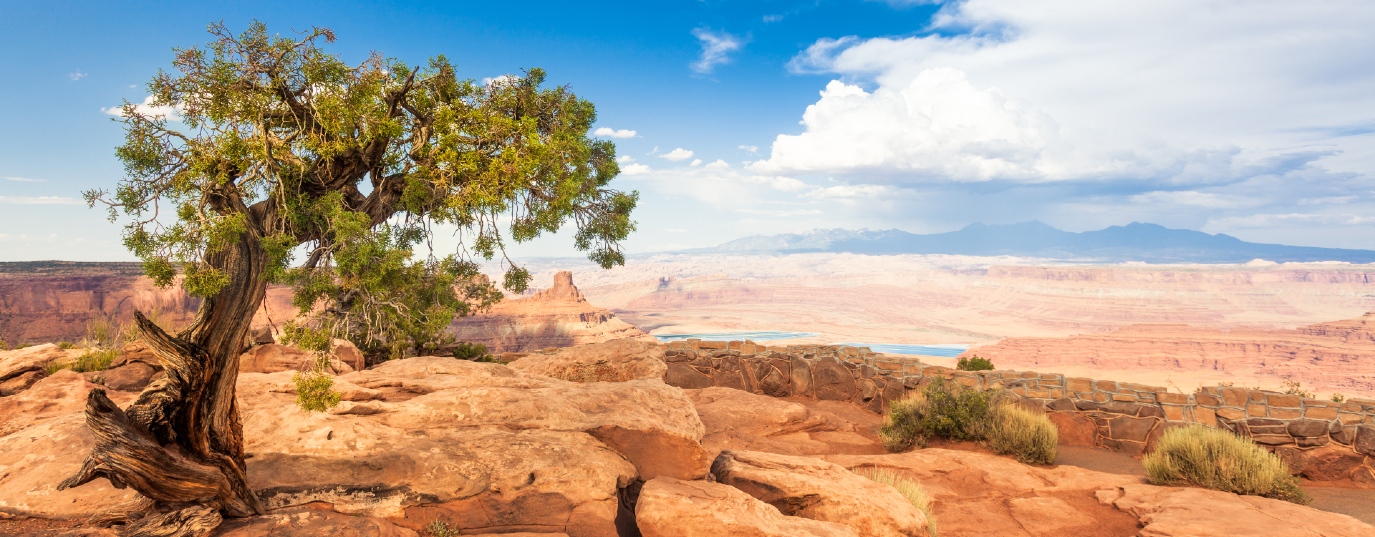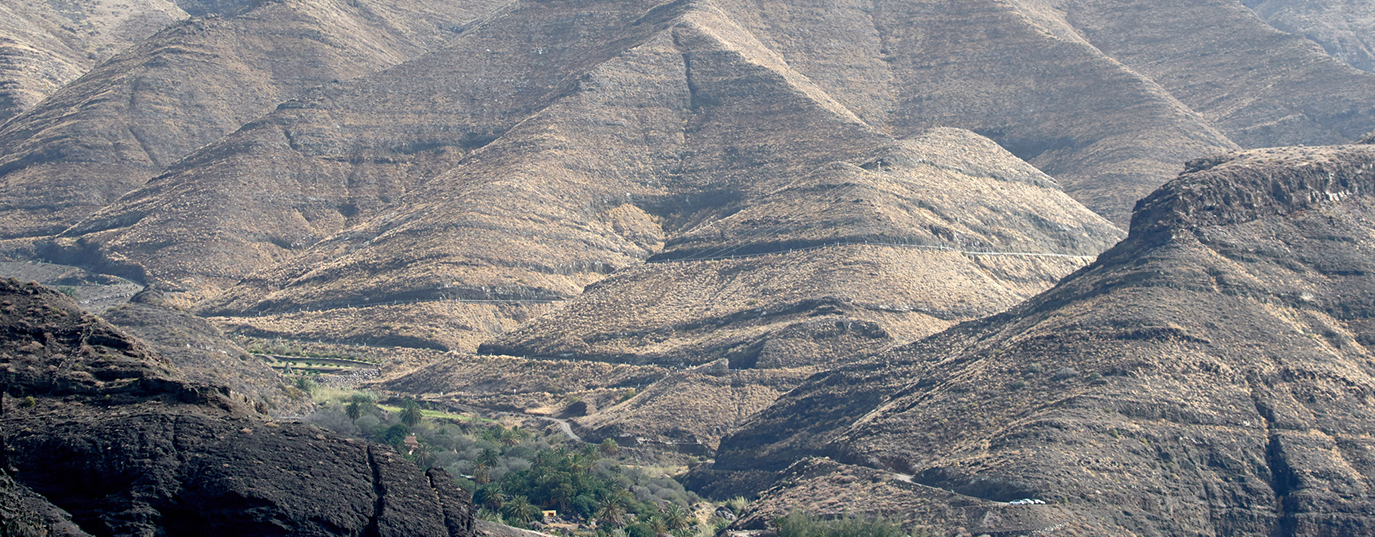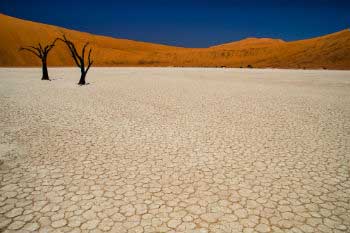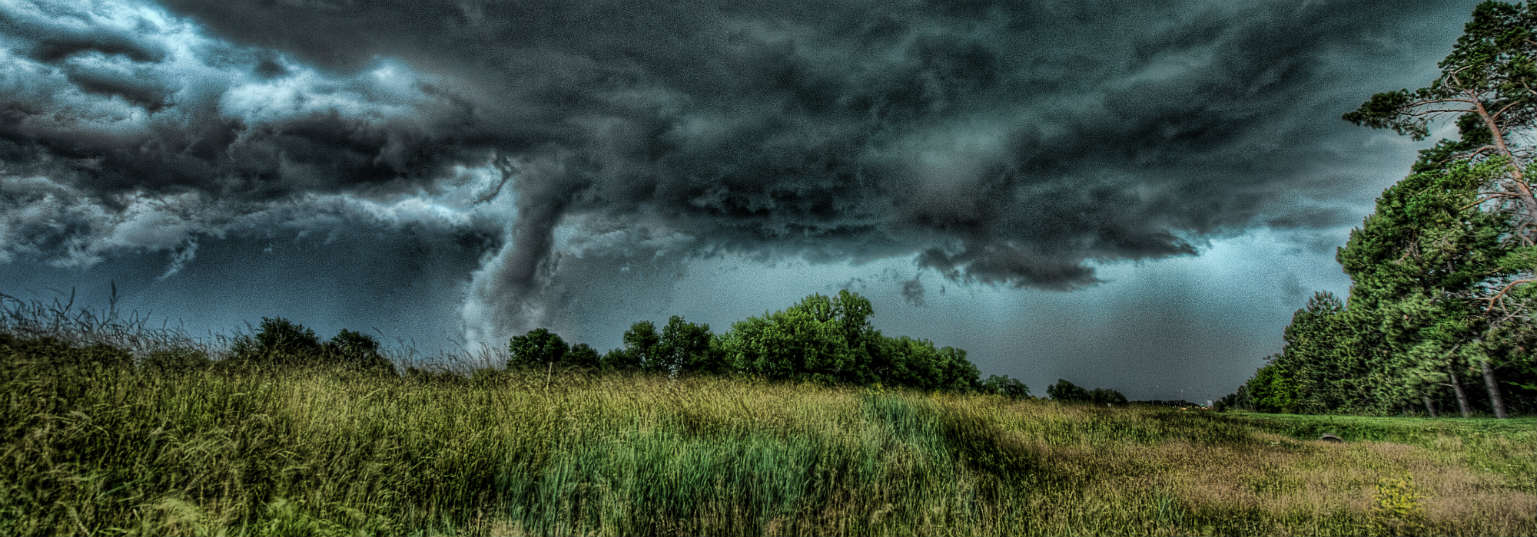How to combat desertification: Let's put the brakes on the deserts!
Desertification is a problem that we need to address by taking action to put the brakes on deserts. This article provides some key ideas on combating desertification
The fight against desertification means taking on a big problem — this requires big solutions. Or, at least, innovative, efficient and sustainable solutions. At Sustainability for All, we put the spotlight on the problems that affect our planet, such as desertification. But, even more important than pointing out what is wrong, is recognising the solutions that are trying to tackle it. Find out what you can do to combat desertification and reclaim the land.
Desertification is one of the major environmental challenges of our time Desertification is defined as the process by which the planet's fertile drylands become desert. The causes of desertification include human activity and climate change .
According to the United Nations, more than 24 billion tonnes of fertile soil disappear every year. There are more than 100 countries in the world with arid and semi-arid environments. Africa is the continent most affected by desertification, followed by Asia, Latin America and the Caribbean.
Fighting against desertification means combating biodiversity loss, land use change, global warming and lack of water. In this article we tell you what initiatives are being taken to combat these issues.
Breathing life back into the Sahara for a more sustainable world
Heard of the Great Wall of China? Africa has been building its own one for more than a decade. Only, in this case, is it a wall of plants that surrounds the Sahara desert, containing its expansion and curbing desertification. We are talking about the Great Green Wall, Africa's flagship programme to combat the effects of climate change and desertification, and build resilient landscapes and livelihoods.
The aim of this idea, which was launched in 2007 and already involves 30 countries, is to counteract the effects of climate change, protect and enhance wildlife, and avoid deforestation. What began as a retaining wall is already set to be a ring that surrounds the world's largest desert.
Think global, act local
The Great Green Wall is not the only initiative to combat desertification on the African continent. This project is complemented by plans being undertaken by Action Against Desertification to promote sustainable land management and restore the drylands and degraded lands in Africa, the Caribbean and the Pacific.
The initiatives led by this project to curb desertification focus on getting rural communities involved in restoration, supporting economic growth and sustainable management of natural resources, and strengthening capacities in sustainable management and land restoration.
It is really important that the inhabitants of areas in danger of desertification take control of the fate of their land and get ahead of soil degradation. Read on for some examples.
Introducing certain species
Let's start with the case of Sarah Toumi, founder of the NGO Acacias For All (AFA), which aims to combat desertification and expand organic farming in Tunisia.
According to the Tunisian Water Observatory, the Maghreb region is experiencing water stress, as annual consumption per inhabitant is 480 cubic metres, less than half the threshold set by the UN. Up to 75 % of the national territory suffers from varying degrees of risk of desertification.
Toumi discovered the acacia, a tree that grows in arid climates and needs little water to survive. One a common tree in Tunisia, this species had been felled to make room for growing wheat. The philosophy behind the creation of AFA goes beyond the planting of the acacia tree. It provides support in spreading the practice of sustainable agriculture among Tunisian farmers and increasing their yields, training them on the principles of ecological cultivation and introducing new water-saving technologies, such as drop-by-drop irrigation.
Alternative agriculture
Alternative agriculture is another important factor to take into account in the fight against desertification. Argentina was the news a few years ago when it suffered an extreme drought combined with strong winds that led to conditions comparable to those of the Sahara desert. 80 % of its soil is considered degraded due to water depletion. In addition, farmers living in dry and semi-arid areas account for approximately 50 % of agricultural and livestock production.
In the south-west of the Buenos Aires province, farmers are implementing sustainable land management practices, such as planting perennial legumes to fertilise soil and improving irrigation efficiency, which aim to promote land restoration and the capacity to adapt to climate change in productive ecosystems.
Specifically, they are changing the way they use and manage their lands, recomposing the soil, recovering pastures, reforesting, and experimenting with alternative agroecological practices, including the use of technologies to restore saline soils.
A key achievement of the project has been the implementation of an Information and Early Warning System (SIAT) for droughts. Through a network of scientific, technological and local government organisations, periodic short- and medium-term agrometeorological reports are generated and disseminated by radio, local newspapers and social networks to report on projected rains, risk of erosion and pasture fires, as well as recommended preventive measures.
Solutions of the future
What if we could turn arid soil into fertile soil again as a way to combat desertification? Dubbed as Liquid NanoClay (LNC), this liquid clay turns even desert soil into a suitable place for planting.
Desert Control, founded by Norwegian scientist Kristian Olesen, has developed a technology called Liquid NanoClay, which combines clay and water nanoparticles and transforms them into a new material. The product even turns arid desert soil into a suitable place for planting.
It will take time before innovations like this become accessible to all economies. Until then, we must continue to prevent and combat desertification in any way possible. We are all responsible for protecting the planet and living sustainably.




